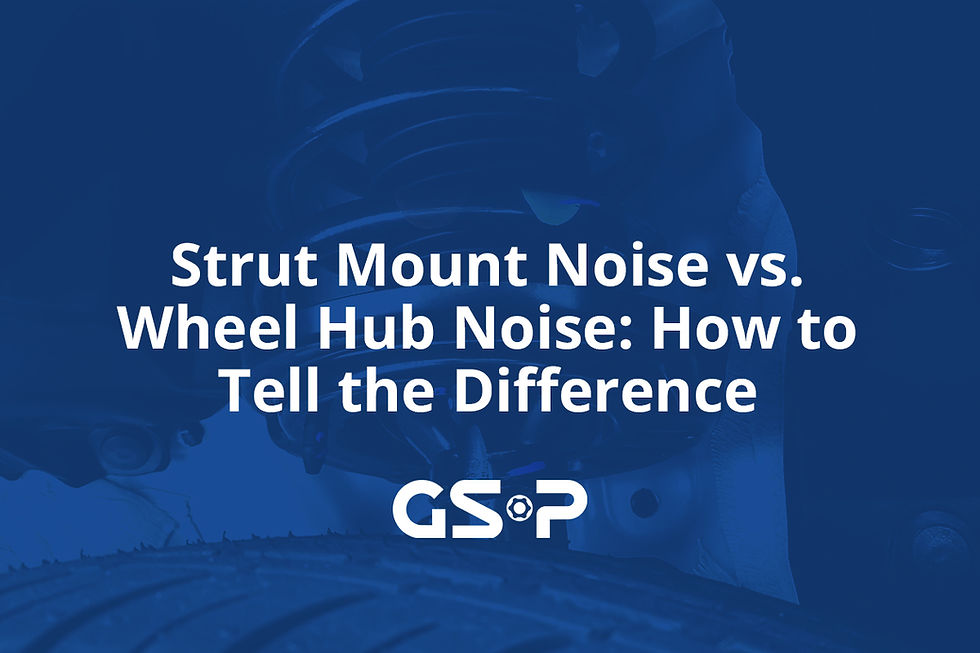How to Spot a Failing Wheel Bearing Before It's Too Late
- chaseteam
- Jul 24
- 2 min read
Wheel bearings are essential to the smooth and safe operation of your vehicle. Located inside the wheel hub assembly, wheel bearings allow your wheels to rotate with minimal friction while supporting the vehicle’s weight. Because they are constantly in motion and exposed to various road conditions, wheel bearings endure significant stress—and when they begin to fail, it can lead to serious safety risks. Knowing how to spot a failing wheel bearing early can save you from costly repairs and potential breakdowns.
Common Symptoms of a Failing Wheel Bearing
One of the most noticeable signs of a bad wheel bearing is unusual noise. As the bearing wears down, you may hear a humming, growling, or grinding sound coming from the affected wheel, especially when turning or accelerating. This noise often gets louder the faster you go, and it may change when you shift the vehicle’s weight by steering.
Another clear sign is vibration or wobble in the steering wheel. If the wheel bearing has excessive play or damage, it can cause the wheel to move inconsistently, which transfers noticeable vibrations to the steering system. This may also cause your vehicle to pull to one side.
In more advanced stages, a worn wheel bearing can lead to uneven tire wear or the ABS warning light activating, especially if the bearing is part of a hub assembly that includes an ABS sensor.
What Causes Wheel Bearings to Fail?
Wheel bearings are built to last, but several factors can shorten their lifespan. These include:
Driving through water or mud, which can compromise the bearing seal and allow contaminants to enter.
Impact from potholes or curbs, which can damage the bearing structure.
Improper installation or over-torquing during wheel or hub replacement.
Extended mileage without inspection, especially in harsh driving conditions.
Regular maintenance and avoiding harsh environments when possible can help extend the life of your wheel bearings.
Why Early Detection Is Critical
Ignoring the signs of a failing wheel bearing can lead to more than just noise or discomfort. In worst-case scenarios, the wheel may become loose or even detach from the vehicle. A failing bearing can also damage the wheel hub, axle, and braking components, turning a minor issue into a major (and expensive) repair. Acting at the first sign of trouble keeps you safe and protects your investment.
Replace with Quality Components from GSP Latin America
When it’s time to replace your wheel bearings, choosing quality components is essential. GSP Latin America offers precision-engineered wheel hub assemblies and bearings built to meet or exceed OEM standards. Our products are tested for durability, performance, and reliability—so you can get back on the road with confidence.
Don't Wait Until It's Too Late
If you're hearing odd noises or feeling unusual steering feedback, don’t ignore the warning signs. Contact GSP Latin America today to explore our high-quality wheel hub and bearing solutions and ensure your vehicle stays safe and smooth on every drive.














Comments